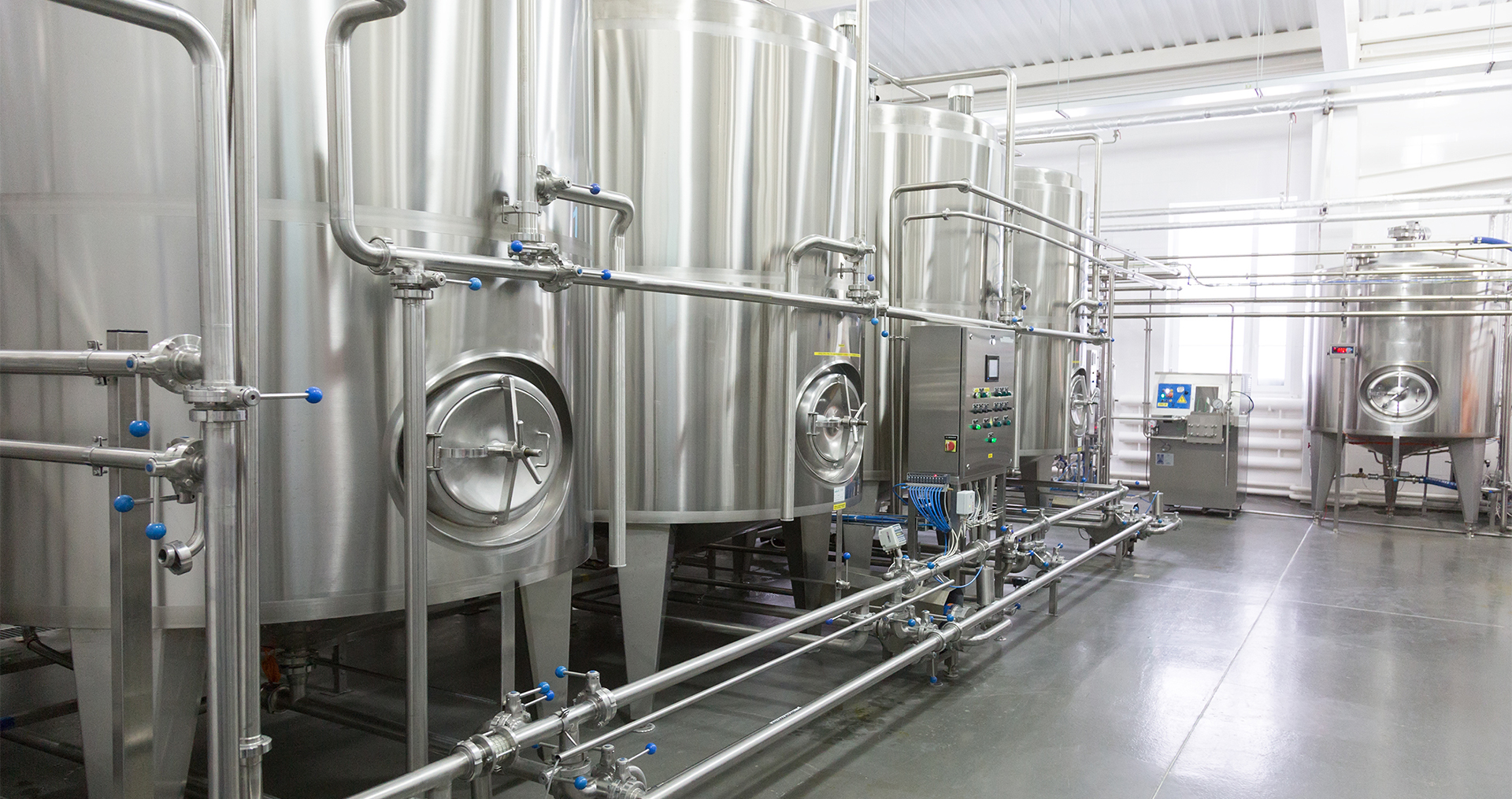Participating businesses in the Flex Peak program use a variety of tactics to achieve their nominated load reduction during an event. We have provided some industry specific tips below, and for a tailored approach, please reach out to your Idaho Power energy advisor to discuss options and identify opportunities for load reduction at your business.
Once a participating business has developed a load reduction plan, there are two options for implementing your plan during an event:
- Manual Dispatch: This option allows customers to initiate their load reduction plan on their own. Idaho Power will notify each participant’s designated contacts four hours before an event is scheduled to begin to provide time to shift operations.
- Automatic Dispatch: Customers may choose to utilize an Idaho Power provided Demand Response Unit (DRU) to initiate their load reduction plan. When an event is called, Idaho Power will send a signal to the DRU to interrupt the identified processes. Customers that have selected the automatic dispatch option will receive notification of an event four hours prior to its start.
Idaho Power or its representatives may install the DRU at no cost or participants may hire a licensed electrician, at the participant’s expense, to install the DRU in accordance with the National Electrical Code (“NEC”) and any Idaho Power or manufacturer specifications or requirements.
Beginning in 2025, Idaho Power will offer reimbursement of up to $1,500 for costs associated with the automatic load control device beyond the installation of the device, such as programming a central control system with a load shed plan to initiate upon receiving the signal from the DRU.
Click below for industry specific examples:
Manufacturing/Processing (including food processing)
- Turn off non-essential process, filtering and pumping equipment.
- Delay batch and continuous processes.
- Reduce or shut off indoor and outdoor lighting where safely possible.
- Sub-cool refrigerated storage and let it “float” during the demand response event.
- Start production early and shut off during event.
- Cycle cooling and circulating fans in sequence so that not all fans are operating at the same time or at full speed during an event.
- Curtail water pumping, refrigeration or cooling loads that can be postponed until after the event.
- Balance refrigeration needs in cold storage facilities by staggering temperature increases for shorter durations across different areas during the curtailment period.
Government/Utilities/Water and Wastewater
- Raise the temperature slightly.
- Use A/C package to perform load cycling, temperature reset and possibly pre-cooling.
- Back off fan speed or reset duct pressure control.
- Shut down non-essential equipment such as vending machines, multiple elevators and process equipment.
- Shifting operation of centrifuges, gravity belt thickener, lift pumps and external pump stations.
- Turn off backwash operations and wastewater aerators.
- Municipal Water Agencies: Pump water into storage tanks and use stored water when an event is called rather than pumping water from wells.
Warehousing
- Reduce or turn off unnecessary lighting, including office space.
- Shut off or reduce refrigeration load.
- Begin pre-cooling refrigerated areas, if possible.
- Shift production to off-peak hours, if possible.
- Reduce or shift forklift charging.
Retail
- Reduce lighting; post signs informing customers of your participation in temporarily reducing your energy use.
- If applicable, reduce the number of elevators being used.
- Use daylight where available.
- Raise the temperature slightly.
- Use A/C package to perform load cycling and temperature reset. Implement curtailment strategy on energy management systems (EMS) if equipped.
Schools/Universities
- Reduce lighting where possible.
- Shut down unused classrooms and facilities.
- Review building use and scheduling.
- Turn off swimming pool pumps.
- Shut down energy-intensive laboratories.
- Shut off irrigation pumps.
Office/Property Management
- Turn off equipment not in use.
- Use sleep mode on computers during event.
- Turn off unnecessary lighting and use daylight where available.
- Temporarily shut down vending machines.
- Raise thermostat settings. Implement curtailment strategy on energy management systems (EMS) if equipped.
Grocery Stores and Supermarkets
- Reduce lighting levels in the main floor, storage rooms, bakery and butcher areas, loading docks, and front entrance.
- Delay electric defrost controls.
- Delay anti-sweat heaters.
- Reduce air conditioning levels.
- Minimize electrical use in the deli or bakery, including dishwashing.
Hospitals
- Reduce non-essential lighting such as hallway, display, and ornamental lighting.
- Delay dishwashing and laundry processes.
- Raise cooling thermostat settings.
- Reduce central plant chiller loading.
- Reduce use of elevators or escalators.
Hotels/Motels
- Reduce non-essential lighting such as hallway, display and ornamental lighting.
- Turn off fountains and swimming pool pumps.
- Delay dishwashing and laundry processes.
- Raise the temperature slightly.
- Reduce central plant chiller loading.
- Back off lighting and cooling in banquet halls.
Restaurants
- Turn off lighting where possible including main floor, storage room and office.
- Raise the temperature slightly; post signs informing customers of your participation in temporarily reducing your energy use.
- Postpone dishwashing until off peak hours, if possible.
- Turn off any electric food service cooking or prep equipment not in use.
